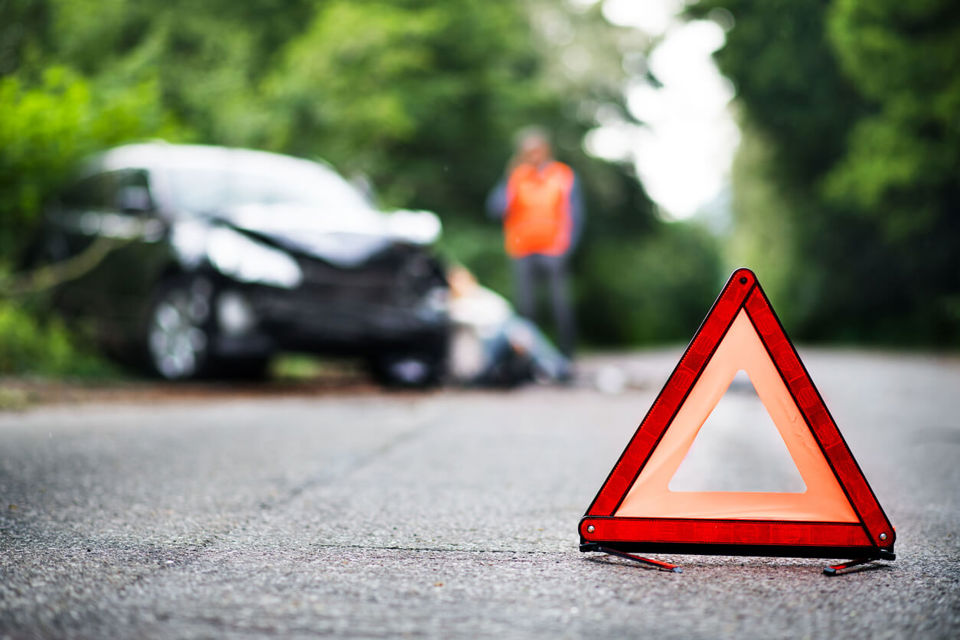Fleet200 members discussed accidents at the CCIA Round table on June 11 2014.
What approached deliver success? What is the role for technology such as telematics (who manages the data and what actions are necessary once the data has been collated); what driver training works; does mapping and smart deployment work; what about the vehicles themselves?
What does success look like?
- Reduced volume of accidents
- Reduce severity
- Reduced costs
Accident:
- implies it could be avoided – 95% of accidents are due to driver behaviour
- more likely to be referred to as ‘incidents’ now – change in language re-focuses the thought process
Driver Training:
- impact is short lived
- requirement depends on vehicle and type of driver – some use an online assessment and scale training over time periods e.g. necessary in next 3,6,9 months, others offer on a voluntary basis through HR
- Group believed telematics is more effective that training over time, as drivers behave differently during training
- Training is beneficial as person joins the company, then use a coaching method for drivers with multiple incidents – “what do you think the problem is”, “what are you going to do about it?”
Accidents:
- Perception that van drivers are worse than cars, but there are higher number of accidents in car fleets
- Visibility of logos/brand on lcv’s may lead to better driving behaviour, due to possibility of bad driving being reported. Car drivers feel anonymous
- LCV’s are professional drivers – accidents can be caused by pressure to get to next job
Reporting accidents:
- Some companies fine if accident not reported within 48hrs (£200)
- Large proportion of damage allegedly on ‘parked vehicles’
- Insurance companies provide companies with ‘bump cards’ to issue to drivers. Pre-printed with company details, and specific questions to complete at the scene e.g. number of people travelling in each car to avoid inflated whiplash claims. This has created a spike in the number of incidents reported
Vehicles:
- Safety features coming more as standard rather than additional features
- Volvo first to actively sell on safety (Volvo’s target is zero ‘own fault accidents’
- Dale mentioned Audi NCAP rating – all assumed this was mandatory, but is actually advisory. Manufacturers need to be clearer on what has/hasn’t been tested
- Group generally believed people are not knowledgeable about vehicle safety features
- New technology can over complicate things – e.g. touch screens with multiple touches to turn on one feature can be dangerous
- We are becoming over reliant on technology in some areas e.g. one employee claimed he could not work one day because his sat-nav card had expired, even though he had worked in the same area for several years
- Monitoring systems for water, oil, tyre pressure are impacting on people’s ability to understand basic maintenance
- All in group said they do not allow people to change tyres, and some have even removed spare tyres from vehicle – safety reasons first, but also has cost saving impacts (e.g. training requirements, fuel economy, more boot space). Most use a separate tyre management company
Data:
- When discussing hacking issues – most use ID system to protect against this
- Most mentioned initial resistance to introduction of telematics, but now generally accepted, and sold on basis of safety
- Concerns over the volume of data, and questions over who is entitled to access e.g. regulatory bodies and the police e.g. in the event of an accident
- Understanding in the group that as many as 50% of companies have requested speed monitoring to be switched off – due to once you have the data you are bound to act on it
- Speed is a contentious issue – one approach is to only address the top 10-20% of offenders, or look at location e.g. 80 on a motorway less serious than 40 outside a school – but generally does not go down to this level

















Login to comment
Comments
No comments have been made yet.